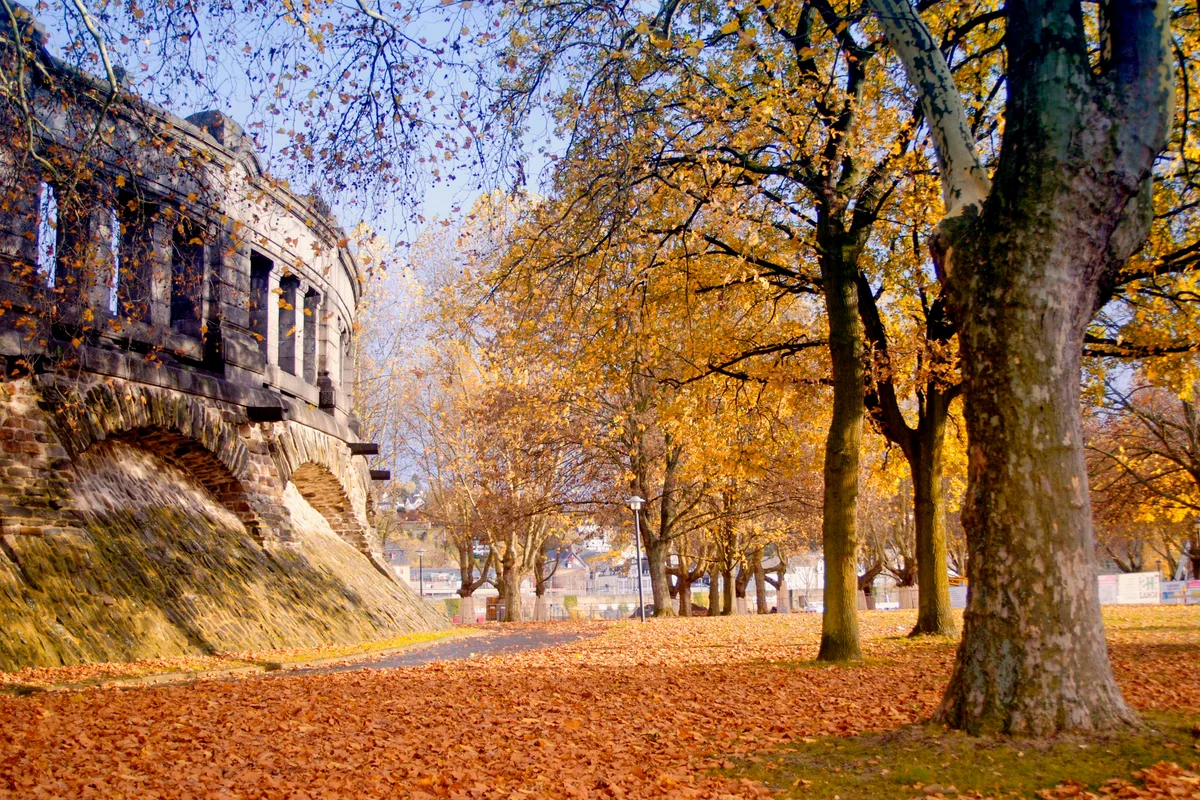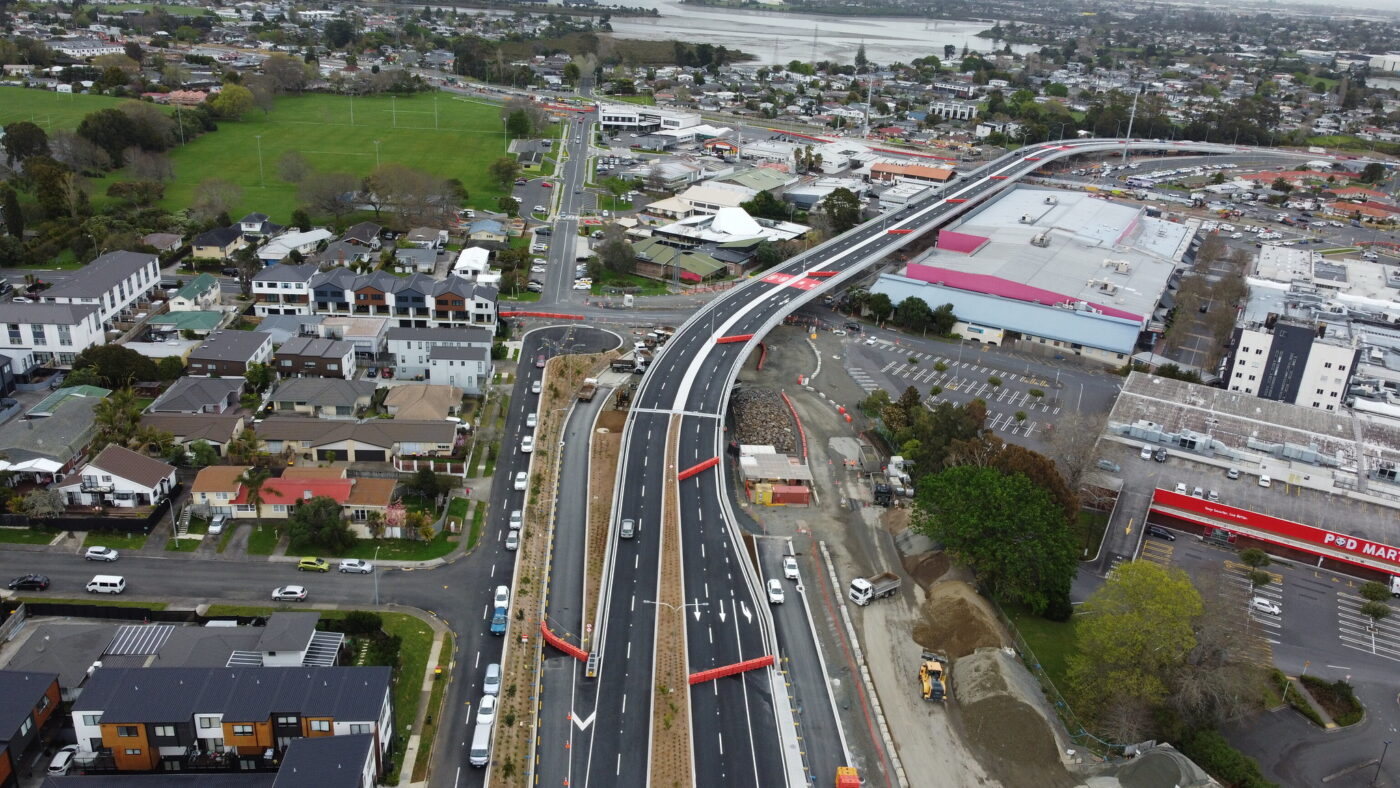Copyright independent

When I told my friend, a Cologne local, that I was excited to visit Koblenz, she laughed. It was a fair response. I was travelling from afar to visit a town only locals usually head to, which I suppose is quite odd. My enthusiasm for the beautiful and historic city, in the west of Germany, is only met in energy by Johannes Bruchhof, my tour guide. He’s had a whole lifetime to build a bond with its quirky heritage. And it is quite an irreverent place – even the term for people like him, Schängel, comes from a story of badly-behaved local children and the reclamation of a slur. There’s a statue of the world’s most famous, but unnamed, Schängel in front of the town hall, who spits water every two minutes in the direction of lawmakers and officials. Perched on the rivers Mosel and Rhine, there’s evidence to suggest that people have settled here since the Stone Age. Where there was once a Roman temple, there’s now Koblenz’s oldest church, a basilica named for the patron saint of the city, St Castor. Johannes, knowing my interest in all things geographical, pointed out how close the rivers’ confluence would have once been to the temple on a map in the church garden. The building was constructed between the banks: a precarious spot, and one which would have been subject to regular floods. A risky, but powerful, way to worship the watery gods. In the early 20th-century, the land was reinforced and decorated with an impressive statue of Kaiser Wilhelm I. Torn down after the Second World War, this statue was replaced a few years after Germany’s reunification in 1993 – the second time he had been posted there to celebrate harmony in the country. Read more: Ireland’s smallest county is its most beautiful Look directly to the Kaiser’s right, and you’ll spot the Ehrenbreitstein Fortress, the second-largest in Europe. Built by the Prussians in the 19th-century, its labyrinth of thick walls were designed to confuse and entrap, and were left raw and rubble-like on the outside to give a sense of impenetrable strength. Through a network of tunnels, the fortress opens up into large courtyard spaces, with walls neatly painted in shades of cream for the comfort of its inhabitants. On the castellated battlement walls, where soldiers would have worked on rifle practice, there are two cafes serving coffee and local wine. The views from here are unparalleled and a sunset visit is a must. To get up to the fortress, attackers had to cross the Rhine and then climb the steep slopes of Ehrenbreitstein hill. Happily, it’s much less effort today. The most fun way to travel to the top is by cable car, which takes you from the banks of the Deutsches Eck, right over the river, and to the entrance of the fortress. The view from above is absolutely worth the admission fee – as is the ease of it, particularly if you’re heading up to one a music festival or winter shows such as the Koblenz Christmas Garden. As Johannes rightly said, what was once a fortress of defence is now a fortress of art. After all that walking and gawking, it’s time to hop on the next cable car and walk down to Koblenz old town. Right behind St Castor Basillica is the Blumenhof, a park where locals eat their lunch among sculptures from the Ludwig Museum next door. Take a short stroll among the flowerbeds and you’ll reach Gerhardt’s Genussgesellschaft (roughly translated as “enjoyment club” or “pleasure society.”) It’s one of Koblenz’ top-rated restaurants, and Johannes tells me it’s the best in the city. Really, though, Koblenz is a wine town. Its local tipples are from Mittelrhine region, but menus also feature interlopers from nearby Mosel, Rhinehessen and Pfalz. Unlike the beer-loving parts of Germany – think Oktoberfest favourites such as Bavaria – the residents of Koblenz prefer to drink in Weinestube, a kind of bistro. In a town-square restaurant, recommended for its traditional dishes, I ate a locally-sourced rump steak with creamy bearnaise sauce, garlic mushrooms and a side salad with remoulade. Ideally suited to a glass or two of Riesling or Mueller-Thurgau, I’d say. Aside from its culinary heritage, Germans from Cologne and Mainz travel to Koblenz for retail therapy. Unlike the big cities, Koblenz is incredibly proud of its family-owned boutiques. Johannes points out a home decor shop that has been owned by the same family for three generations, already selling its Christmas ornaments. Read more: This laidback wine region is Italy’s affordable answer to Champagne He also draws my attention to the fact that there are no empty units. It’s true. I stare into the shiny window of a cigar cellar for quite a while, before turning down a side-street to find Spritz Atelier, a brand new bar specialising in fancy cocktails. I order one made with a local quince liquor called Kowelenzer Schängelche and watch from the window as a man finishes his workday with a take-out spritz of his own. He sips from the straw as he pushes his bike down the cobbled street, before disappearing out of sight. Katie was a guest of Visit Koblenz. Lufthansa has direct flights from London Heathrow and Manchester to Frankfurt, then it’s a direct train journey from Frankfurt airport to Koblenz. Flight time is around an hour and a half; the train journey is the same again. A Rhine or Mosel river cruise is a great way to extend a trip. Find out more in our guide to the best European river cruises for 2025. Town centre hotels are in good supply and are great value. Sander Hotel is situated in the centre of the city, offering easy access to the key sites. FÄHRHAUS Koblenz, meanwhile, is renowned for its sustainability credentials and modern spa. I travelled in my camper van – there are plenty of options for parking spots, complete with shower facilities, close the action.



